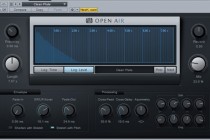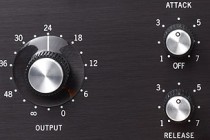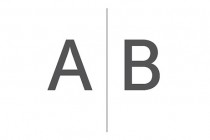“Convolution reverb is a process used for digitally simulating the reverberation of a physical or virtual space. It is based on the mathematical convolution operation, and uses a pre-recorded audio sample of the impulse response of the space being modeled. To apply the reverberation effect, the impulse response recording is first stored in a digital signal processing system. This is then convolved…” …
How many times have you found yourself asking things like “this snare needs more character and weight” or “it’s not punchy enough…”? Maybe someone told you those are things you can get with compression, right? So you started tweaking your plugin and, after a while, discovered you were nowhere close to the sound you had …
In the first 2 segments of this series, we started dispelling some popular audio myths. In part 1 we learned you can stay away from 0dBFS, the gear you already have will get you 80% there with your mixes and digital sounds just as good as analog! Then in part 2 I exposed why eggboxes can’t replace acoustic panels, that …
In part 1 of this series, we started dispelling some popular audio myths that float around us. As a recap, you don’t need to record everything as close to digital zero as possible, you can definitely make a good record out of your humble equipment and digital can sound just as good as analog. Today we’ll keep tearing down …
There are many fake beliefs regarding audio floating around. Some of them are so popular that have almost become truth, while in fact they’re just myths! These misconceptions are a bit like John McLane, they won’t die that easily, and if you get caught in their whirl, they will just give you lot of confusion and …
Usually, when you want to A/B a plugin, it’s just a before and after thing, with or without the plugin, right? But what about about a comparison between settings? You guessed it… There’s a cool function inside Pro Tools that lets you to just that! It’s allows us to A/B from one setting to another …






